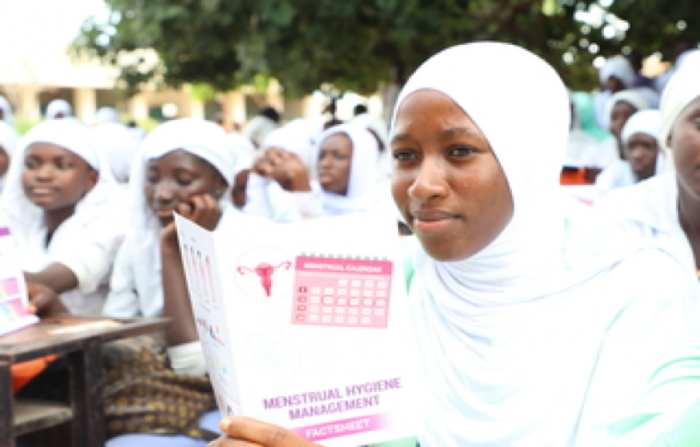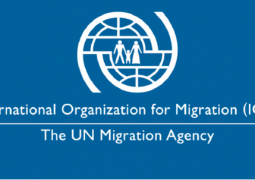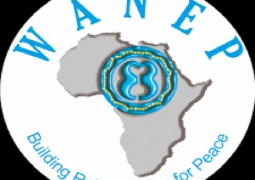
Observations indicate that this population group lacks access to quality information and services on sexual and reproductive health.
This systematic review explored sexual and reproductive health indicators for adolescents and young people in Gambia.
National reference documents containing relevant in-country data on adolescents and young people's sexual and reproductive health were also collected and reviewed.
Search terms for published studies focused on modern contraceptive and sexually transmitted infections (STIs) prevalence rates, availability and accessibility to sexual and reproductive health (SRH) services and satisfaction levels with SRH services among adolescents and young people (aged 10-24 years).
The review showed that contraceptive prevalence rates among adolescents and young people in Gambia ranged from 7% to 9%.
Reasons for low contraceptive prevalence among adolescents and young people included limited knowledge and access to sexual and reproductive health information and services, provider attitudes, stigma, shame, lack of money and cultural and religious misconceptions associated with contraception.
Overall, the review found limited information on STI prevalence among adolescents and young people, with only a single published study reporting a prevalence rate of 8.4%.
In addition, inadequate counseling and complaints related to physical environment process of providing sexual and reproductive health services and information were significant factors associated with satisfaction with SRH services among adolescents and young people.
Adolescents and youth sexual and reproductive health (AYSRH) have grown over the past years because of the unprecedented increasing proportions of young people and rates of sexual and reproductive health infections, early sexual debut, teenage and unwanted pregnancies, and gender-based violence, including female genital mutilation/cutting.
Although there are policy frameworks regarding sexuality education to empower adolescents and young people with knowledge and practical skills to make safe and informed choices and exercise their rights, there is limited evidence on the effectiveness of these policy frameworks.
Close observations indicate that adolescents and young people (aged 10-24) who constitute 32% of the national population lack quality information and services on sexual and reproductive health.
This systematic review explores the sexual and reproductive health indicators of adolescents and young people in the Gambia.
The review was part of a more extensive baseline study of sexual and reproductive health of adolescents and young people in the Gambia, initiated by the West African Health Organization (WAHO).
An extensive electronic literature search to identify terms related to sexual and reproductive health of adolescents and young people in the Gambia was conducted. Search terms focused mainly on modern contraceptive and STIs prevalence rates, availability and accessibility of sexual and reproductive health (SRH) services, and satisfaction with SRH services among adolescents and young people (aged 10-24 years).
Published studies and national reference documents that provided no information on sexual and reproductive health of adolescents and young people were excluded.
The study population of interest included adolescents and young people. For adolescents and young people, the study applied the official definitions of the UN.
The UN defines adolescents as individuals being 10-19 years old and young people as those persons between the ages of 15 and 24 years.
A total of 27 published, peer-reviewed articles were identified through the keyword search that was conducted on 15 April 2020.




